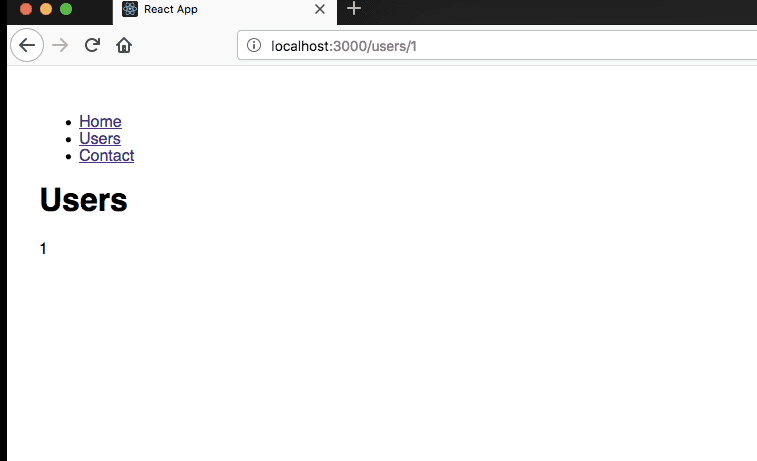

Built-In Routers react-navigation ships with a few standard routers: StackRouter TabRouter Using Routers To make a navigator manually, put a static router on a component. Second, as others have noted, React Router v4 no longer exposes params on route handler components, but instead gives us a match prop to use. Routers define a components navigation state, and they allow the developer to define paths and actions that can be handled. Some of the alpha and beta versions of v4.įirst, some of the answers here are incorrect, and you indeed can use optional params in React Router v4 without the need for regular expressions, multiple paths, archaic syntax, or using the component. The last package in the list, react-router-native has bindings to be used in developing React Native applications. The react-router-dom is the package that is used in React apps for routing. Follow the steps given below to install Router in your React application: Step 1: cd into your project directory i.e geeks. I had some issues with optional filters in the params on react-router-dom react-router-native The package react-router is the core library that is used as a peer dependency for the other two packages listed above. Installing React Router: React Router can be installed via npm in your React application. ⚠️ NOTE: one thing I would check here is that you are using theĬurrent version of react-router-dom ( 4.1.1 at the time of this

I also got stuck on this part trying to integrate React Router v4, but eventually found a working solution not far from what you have tried. In this tutorial we are going to get you started with react-router-dom (React Router 5/4) using an example React application showing you how to use different concepts such as Link and NavLink for. I assume you are following the Redux tutorial on Egghead.io, as your example code seems to use what is defined in that video series.


 0 kommentar(er)
0 kommentar(er)
